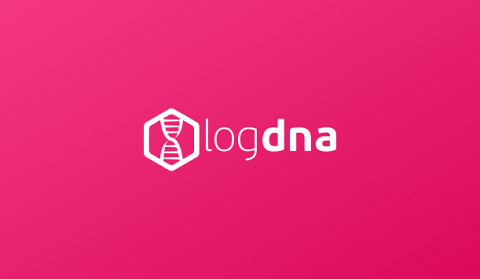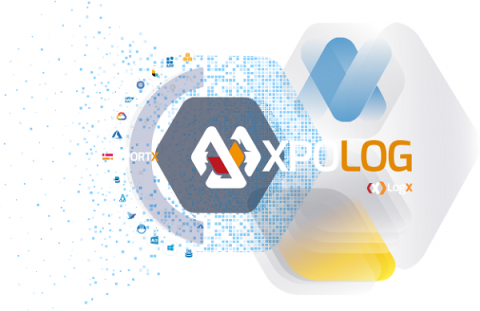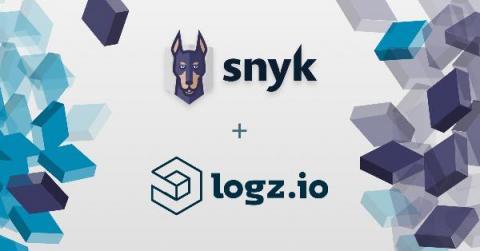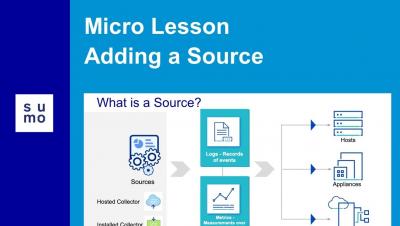Custom Webhooks
LogDNA is releasing Custom Webhooks, enabling customers to easily integrate LogDNA alerts with 3rd-party services. Custom Webhooks allows you to configure a webhook’s header and body and add specific LogDNA tokens to your alerts going through that webhook.










